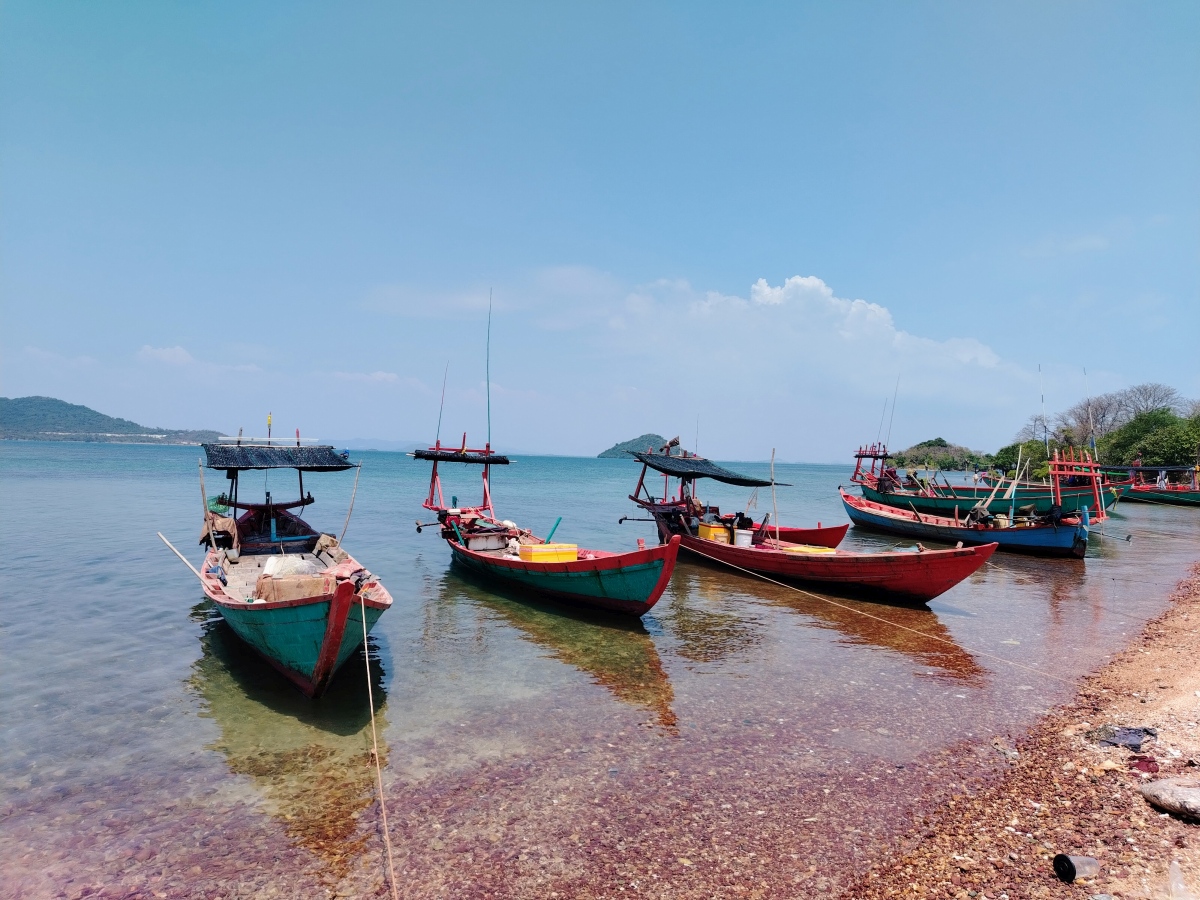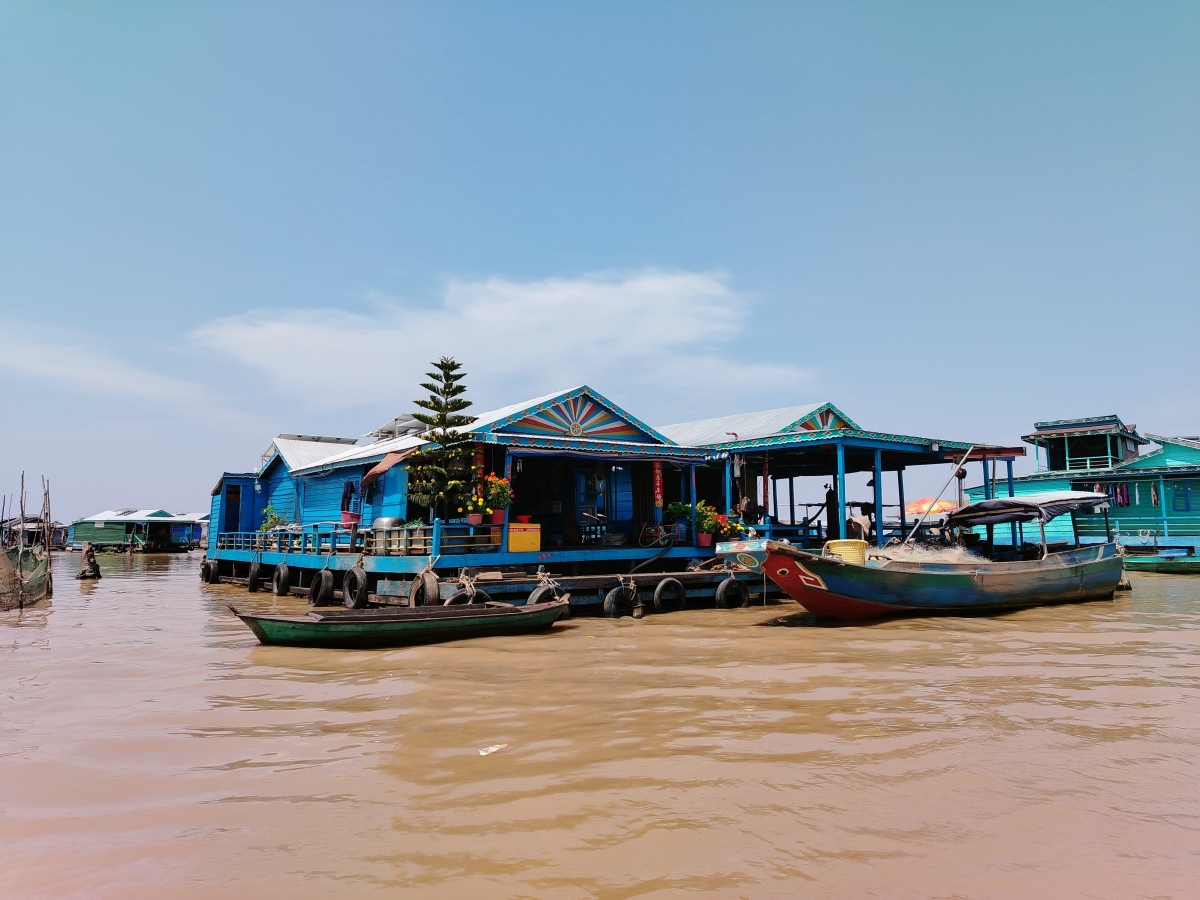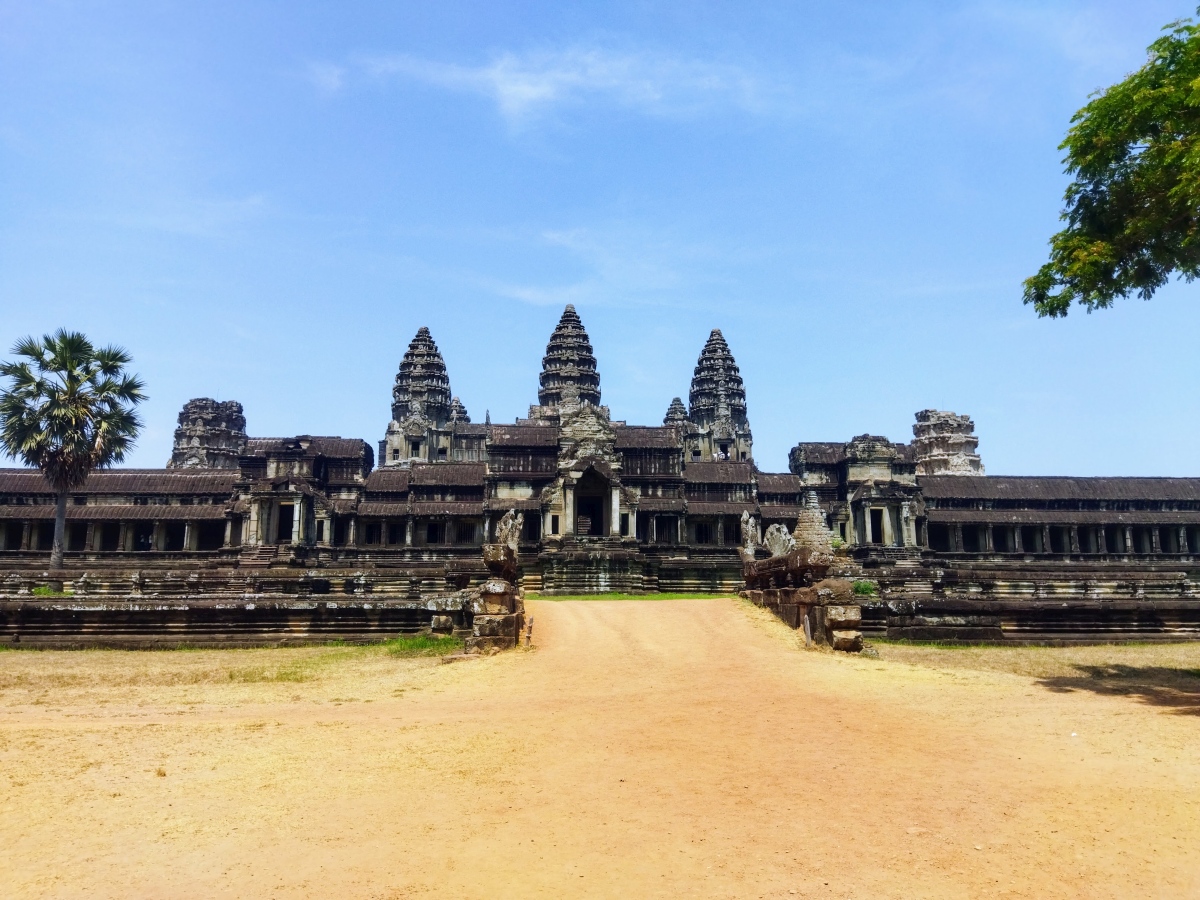Not Just Koh Rong: Cambodia’s Coast Has Many Stories to Tell
When travelers think of Cambodia’s coast, the names Koh Rong and Koh Rong Samloem often come first. And with good reason — these islands, just off the coast of Sihanoukville, are known for their turquoise waters, powdery white sand, and laid-back atmosphere. But Cambodia’s coastline holds far more than its two famous siblings. Stretching west to the wild mangroves of Koh Kong and southeast to the scattered isles off Kep, the Cambodian shore is full of hidden beauty — quiet islands, fishing villages, and uncharted shores where time moves differently.
Koh Kong – Mangroves, Mountains, and Untouched Shores
Far in the southwest, near the Thai border, lies the province of Koh Kong — one of Cambodia’s wildest and least developed coastal areas. Here, the land meets the sea in a swirl of mangrove forests, winding estuaries, and long, empty beaches. Unlike the busy shores near Sihanoukville, Koh Kong feels remote and raw.
Small fishing villages dot the coast, and the Cardamom Mountains loom close by, offering a stunning contrast between jungle and sea. Inland rivers flow into the Gulf of Thailand, and you can explore by boat through labyrinths of mangroves where the water mirrors the sky. Koh Kong Island — one of Cambodia’s largest — sits just off the coast, and though it’s rarely visited, it promises adventure for those willing to go off the map.
Kep and the Forgotten Archipelago
On the opposite end of the coast, just past the pepper fields of Kampot, the quiet seaside town of Kep opens onto a different kind of island story. While tourists relax on Rabbit Island (Koh Tonsay), few realize that the surrounding sea holds an archipelago of more than a dozen other islands — most of them unnamed, uninhabited, and waiting to be explored.
Some of these islands are no more than rocky outcrops covered in jungle. Others have beaches, shallow coral reefs, or secret coves hidden between cliffs. A few are home to small groups of Khmer or Vietnamese fishing families who live in stilted wooden homes, surrounded by the rhythm of tides and nets hung out to dry in the sea breeze.
From Koh Tonsay, local boats can take you farther: to Koh Poh, Koh Svay, Koh Mak Prang, and beyond. These islands aren’t marked with restaurants or resorts. There are no jet skis, no beach bars, and no crowds. What you’ll find instead is solitude, silence, and the soft sound of waves brushing the shore.
A Coastline Full of Secrets
The waters around Kep are shallow, warm, and rich in life. Dolphins are sometimes seen offshore, and the seabed hosts colonies of sea urchins, seahorses, and even rare coral. For snorkelers and curious travelers, these islands offer a chance to witness Cambodia’s marine life in its most natural form — not behind glass or fences, but where it belongs.
Unlike the more developed beaches near Sihanoukville, the islands of Kep have retained a rustic charm. Electricity is rare. Roads are almost non-existent. Everything comes and goes by boat — fish, firewood, visitors, and news from the mainland. If you want to truly escape, this is where the road ends and the sea begins.
Did You Know?
Cambodia has over 60 islands along its coast, but only a handful are inhabited or served by regular transport. Most remain undeveloped, with no infrastructure or formal tourism.
Kep’s island cluster includes both Khmer and Vietnamese communities — some families have lived on these waters for generations.
Koh Kong Province is home to Southeast Asia’s largest mangrove forest, and its coastline is part of the vast Cardamom Rainforest Landscape.
Where Sea Meets Silence
To walk along Cambodia’s forgotten coast is to rediscover the rhythm of nature. The further you drift from the ports and guesthouses, the closer you come to the pulse of the sea — changing with the wind, the season, the tide.
Whether you’re sipping coconut juice on Rabbit Island or drifting past the mangrove canals of Koh Kong, the Cambodian coast invites you to slow down, to breathe in salt and silence, and to remember that paradise isn’t always famous — sometimes it’s just well hidden.



